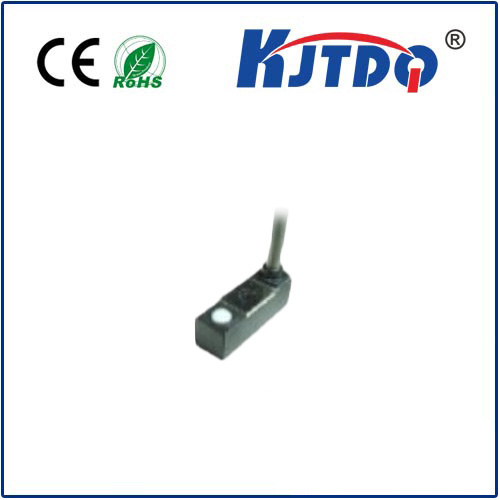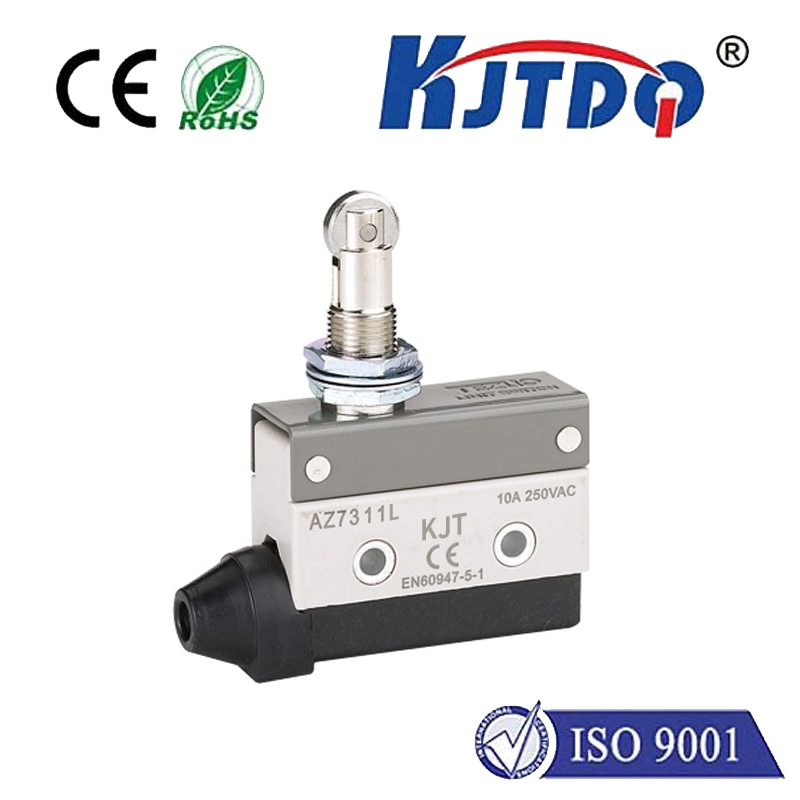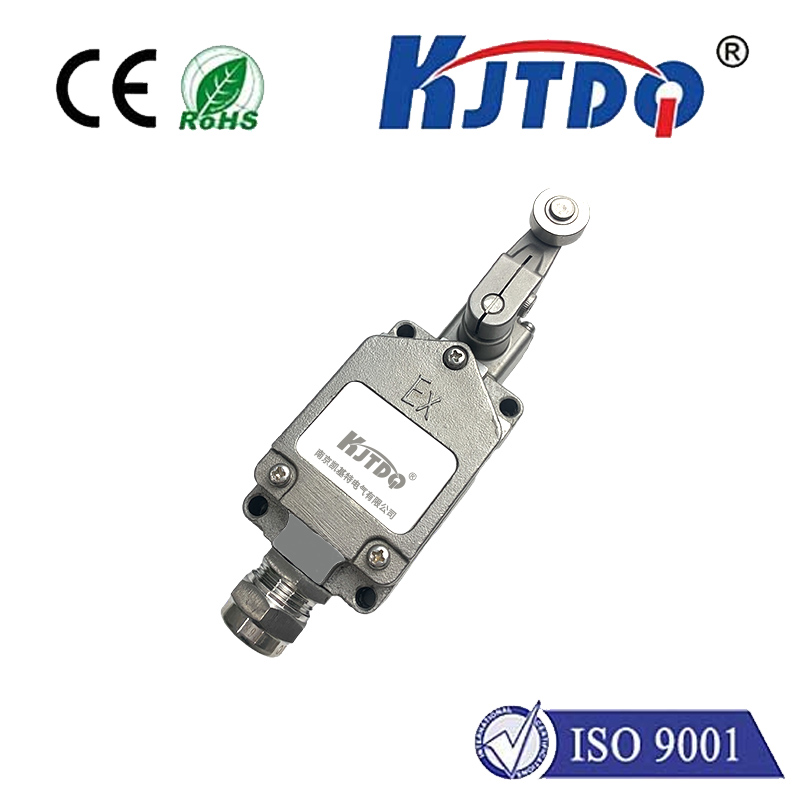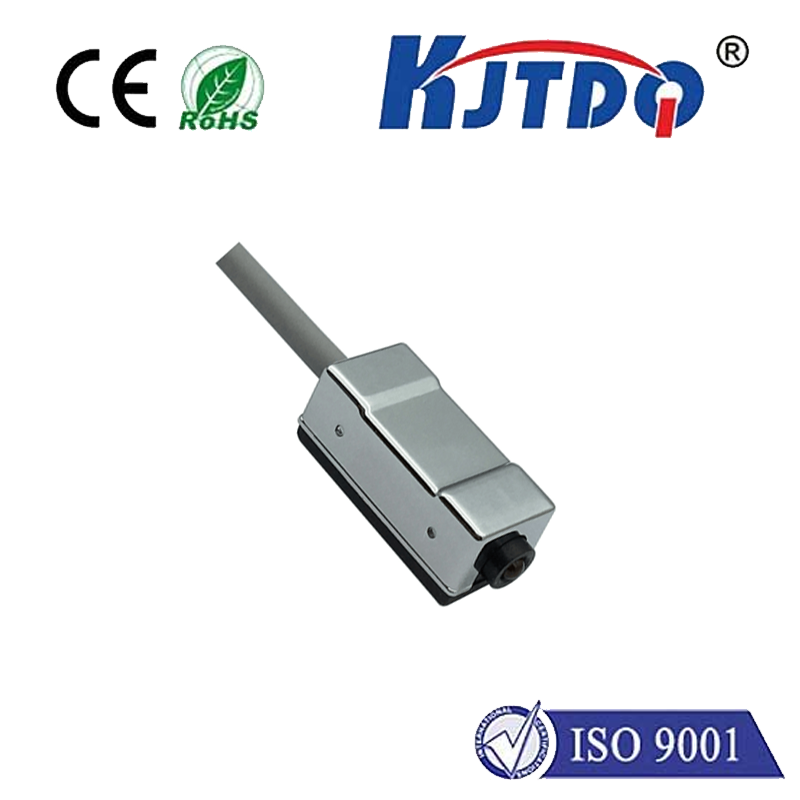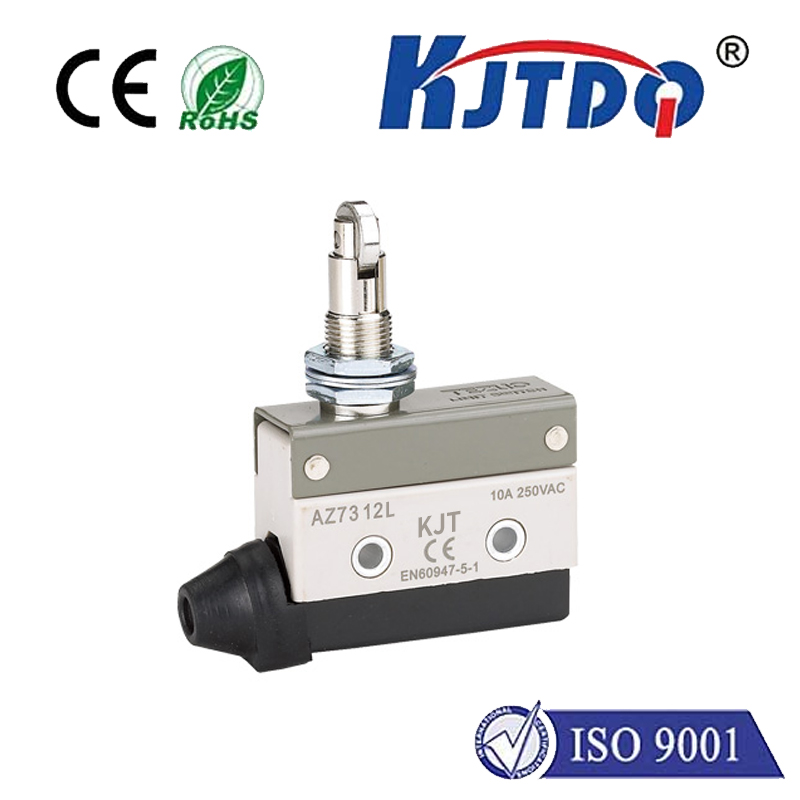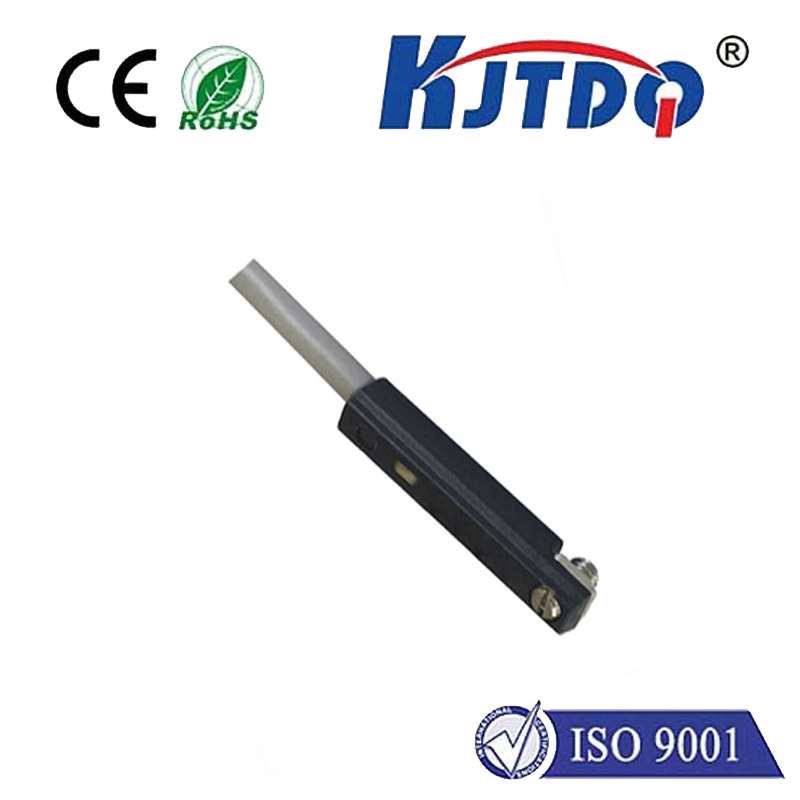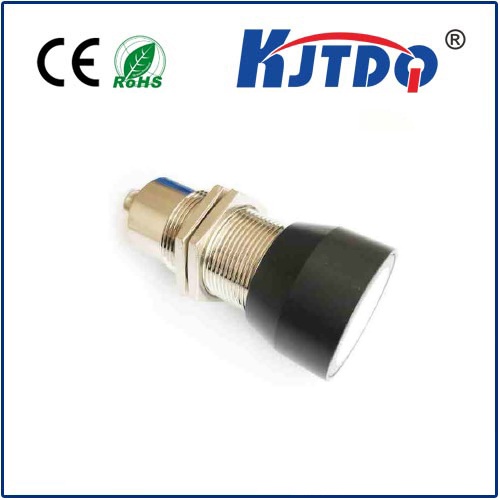Лазерный датчик PM2 5
- time:2025-08-28 01:40:42
- Нажмите:0
Laser PM2.5 Sensors: Illuminating the Invisible Threat for Precision Air Quality Control
The air we breathe is filled with particles invisible to the naked eye, yet some pose significant health risks. Among these, PM2.5 – microscopic particulates less than 2.5 micrometers in diameter – is a major concern globally. Accurately monitoring these tiny invaders is crucial, and laser PM2.5 sensors have emerged as the technological gold standard, transforming how we detect and respond to air pollution. Forget outdated methods; laser-based detection brings precision, reliability, and real-time insight to the critical task of understanding the air around us.
Seeing the Unseeable: How Laser PM2.5 Sensors Work
The core principle behind a laser PM2.5 sensor sounds almost like science fiction made practical. Inside a precisely engineered chamber, a focused laser beam illuminates a stream of air. As invisible PM2.5 particles pass through this beam, they interact with the light through a phenomenon known as light scattering (Mie Scattering is the dominant principle for particles in this size range).
- Laser Illumination: A low-power, highly stable laser diode emits a consistent beam of light.
- Particle Interaction: Airborne particles passing through this beam scatter the laser light in various directions.
- Photodetector Capture: A strategically placed photodetector (a light-sensitive sensor) captures the intensity and pattern of the scattered light.
- Algorithmic Interpretation: Sophisticated onboard algorithms analyze the scattered light signals. The intensity of the scattered light correlates directly with the particle concentration, while characteristics of the scattering pattern provide information about particle size distribution. This complex analysis happens continuously, translating the scattered light into meaningful PM2.5 concentration readings in units like micrograms per cubic meter (µg/m³).
This method stands in stark contrast to older, less reliable technologies like inexpensive resistive sensors (which estimate particulates based on dust accumulation on a component) or optical sensors using simple LEDs. The laser’s coherence and intensity, coupled with advanced signal processing, provide a far higher degree of accuracy and sensitivity, especially at the critical low concentrations that impact human health.

Why Laser Sensors Dominate PM2.5 Monitoring
The advantages of adopting laser-based technology for particulate matter detection are compelling:
- Unmatched Precision and Resolution: Laser PM2.5 sensors offer superior resolution, capable of detecting even subtle changes in air pollution levels that cheaper sensors might miss entirely. This precision is vital for identifying trends and triggers for action.
- Real-Time Data Acquisition: Continuous, real-time monitoring is a game-changer. Laser sensors provide instant feedback on air quality fluctuations, enabling proactive responses – whether it’s automatically adjusting an air purifier or alerting occupants to worsening conditions.
- High Sensitivity to Low Concentrations: Health guidelines often focus on low-level, chronic exposure. Laser sensors excel at accurately measuring PM2.5 concentrations within the crucial low-to-mid range, providing reliable data for health assessments.
- Enhanced Long-Term Stability: While all sensors require periodic calibration, high-quality laser-based detectors exhibit significantly better long-term stability and reduced drift compared to alternatives, minimizing maintenance needs and ensuring data consistency over time.
- Small Size and Lower Power Consumption: Modern designs integrate complex optics and processing into compact modules suitable for diverse applications, from portable monitors to sophisticated building management systems, often operating efficiently on battery power.
Key Features Compared
| Особенности |
Laser PM2.5 Sensors |
Low-Cost Optical (LED) Sensors |
Resistive Sensors |
| Principle |
Laser Light Scattering |
LED Light Obscuration |
Dust Accumulation |
| Точность |
⭐⭐⭐⭐⭐ (High Precision) |
⭐⭐ (Moderate/Low Accuracy) |
⭐ (Low Accuracy) |
| Resolution |
⭐⭐⭐⭐⭐ (Fine Resolution) |
⭐⭐ (Coarse Resolution) |
⭐ (Very Coarse) |
| Время отклика |
⭐⭐⭐⭐⭐ (Real-Time) |
⭐⭐⭐ (Fast) |
⭐ (Very Slow) |
| Sensitivity (Low PM2.5) |
⭐⭐⭐⭐⭐ (Excellent) |
⭐⭐ (Poor) |
⭐ (Very Poor) |
| Long-Term Stability |
⭐⭐⭐⭐ (Good with Calibration) |
⭐⭐ (Often Drifts Significantly) |
⭐ (High Drift) |
| Typical Applications |
Professional Monitoring, Critical Air Purifiers, HVAC |
Basic Consumer Monitors |
Very Low-Cost Devices |
Illuminating Applications: Where Laser PM2.5 Sensors Shine
The unique capabilities of laser PM2.5 sensors make them indispensable across a wide spectrum of uses demanding accurate air quality data:
- Sophisticated Air Purifiers and HVAC Systems: High-end air purifiers rely on laser PM2.5 sensor data to automatically detect pollution spikes and adjust fan speed and filtration intensity dynamically and efficiently, ensuring optimal air cleaning without unnecessary energy consumption. Building HVAC systems increasingly integrate these sensors for smarter, healthier ventilation control.
- Professional and Consumer Air Quality Monitors: From handheld portable devices to fixed indoor and outdoor monitoring stations, laser PM2.5 sensors provide the reliable core measurement. This data empowers individuals to understand their personal exposure and informs large-scale air pollution mapping and regulatory compliance efforts.
- Industrial Hygiene and Workplace Safety: Protecting workers in environments prone to dust or aerosol generation (e.g., manufacturing, construction, labs) requires accurate monitoring. Laser detectors offer the precision needed to ensure safe working conditions and compliance with occupational exposure limits.
- Environmental Research and Scientific Studies: Researchers studying atmospheric science, climate impacts, or health effects of PM2.5 exposure depend on the high-fidelity data generated by laser sensors for credible analysis and modeling.
- Smart Homes and Buildings: Integration into smart ecosystems allows for automated responses – triggering air purifiers, closing smart vents, or sending alerts based on real-time laser sensor readings, enhancing occupant well-being proactively.
Selecting the Right Laser PM2.5 Sensor
While the underlying technology is powerful, performance varies. Key considerations include:
- Sensor Quality and Calibration: Reputable manufacturers provide detailed specifications and calibration certificates. Look for modules adhering to standards or demonstrating correlation with reference-grade equipment.
- Robust Design & Particle Separation: Effective inlet designs and sometimes pre-separators (like cyclonic chambers) ensure only PM2.5-sized particles enter the sensing chamber, preventing larger dust interference and improving accuracy.
- Environmental Compensation: Temperature and humidity can subtly affect readings. Higher-end sensors incorporate compensation algorithms to mitigate these influences.
- Data Output and Integration: Ensure the sensor provides the appropriate digital output (e.g., UART, I2C) and data format compatible with your intended application or controller.
The Future is Clear: Laser Sensors Leading the Way
As urbanization continues and awareness of air pollution’s health impacts grows, the demand for accurate, accessible monitoring will only intensify. Laser PM2.5 sensor technology is at the forefront of this revolution. Continuous innovation focuses on further miniaturization, reducing power consumption even more, enhancing algorithms for even greater precision, and lowering costs to broaden accessibility. Integrating these sensors with the Internet of Things (IoT) will create vast, interconnected networks of air quality monitors, providing unprecedented granularity in pollution mapping and enabling more effective public health interventions and personalized environmental management. The ability to precisely measure the invisible empowers us to take meaningful action, protect our health, and strive for cleaner air for all, one laser-illuminated particle at a time.

